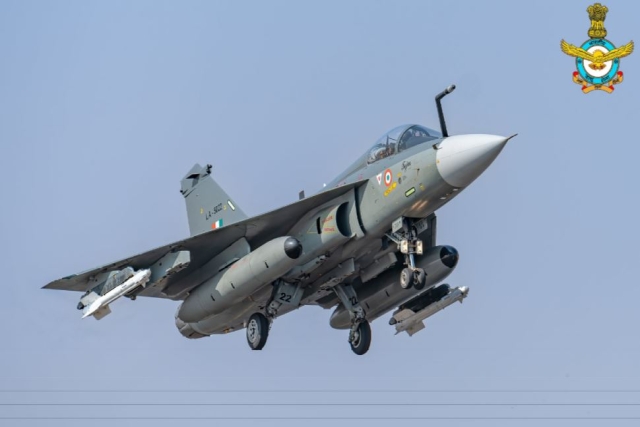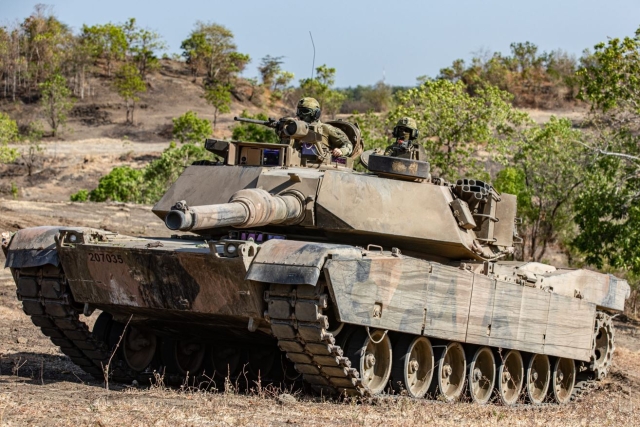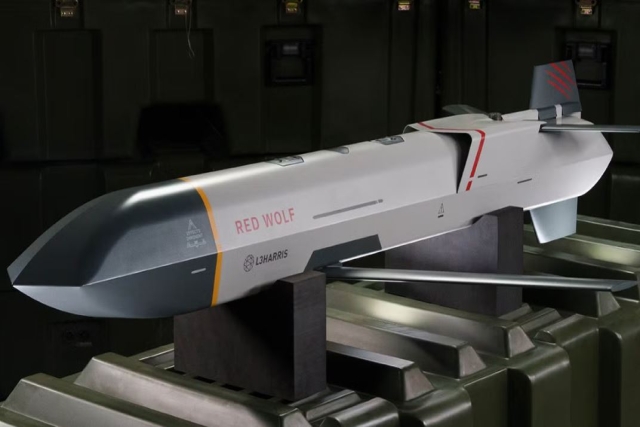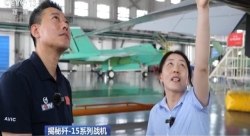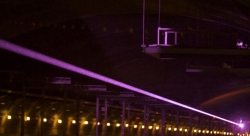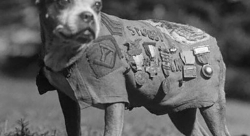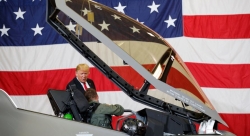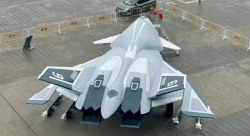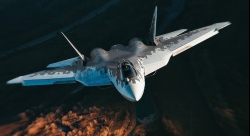AgustaWestland’s AW-101 Helicopter Better Suited For VVIP Transport, India Begins Replacing Russian Choppers
India’s political and military elite will now fly in comfort and style as AgustaWestland has started delivery of 13 AW-101 helicopters to the Indian Air Force this year. AgustaWestland quietly delivered the first three helicopters to the air force earlier last month as the IAF replaces the ageing Russian Mi-8s and Mi-17s that are used to ferry the President, Prime Minister and other VVIPs. The new choppers will be a major upgrade compared with their Russian predecessors. The AW-101 has a built-in self-defence systems like missile-approach warners, chaff and flare dispensers and directed infra-red electronic counter-measures to protect passengers. Powered by three turboshaft engines, the cockpit of the AW- 101 is fitted with armoured seats for the crew, and can withstand an impact velocity of over 10 m/s. It even bares a slight resemblance to commercial aircraft with its airline-style seating, soundproofing panels and overhead baggage lockers. Whereas, the Russian Mi-17 helicopters are fitted with the larger TV3-117MT engines, rotors, and transmission developed for the Mi-14, along with fuselage improvements for heavier loads. It also has additional air filters on the turbine air intakes, as well as left hand side mounted tail rotor, required by the more powerful TB-3-117A turboshaft engines (for variants) it is fitted with. The Mi-8T military transport helicopter is configured with a conventional pod and boom, with a tail rotor and non-retractable tricycle nosewheel landing gear. The five-bladed rotor is made from aluminum alloy. The Mi helicopters have a slight upper hand over the AW-101 in terms of cargo, the Russian chopper can carry about 30 soldiers whereas the AW helicopter can only ferry 28. However, the ageing Mi helicopters had to be retired as they had approached the end of their service life. AgustaWestland beat rival Sikorsky in 2010 to win the $560 million Indian contract. There were several media reports of commissions having paid to obtain the contract. The Italian public prosecutor is conducting an investigation into the allegations but the main complainant could not throw much light on the bribery charge as under cross-examination he said his information was based on "rumors" and that he had no documents to prove his allegations. By Bindiya Thomas
